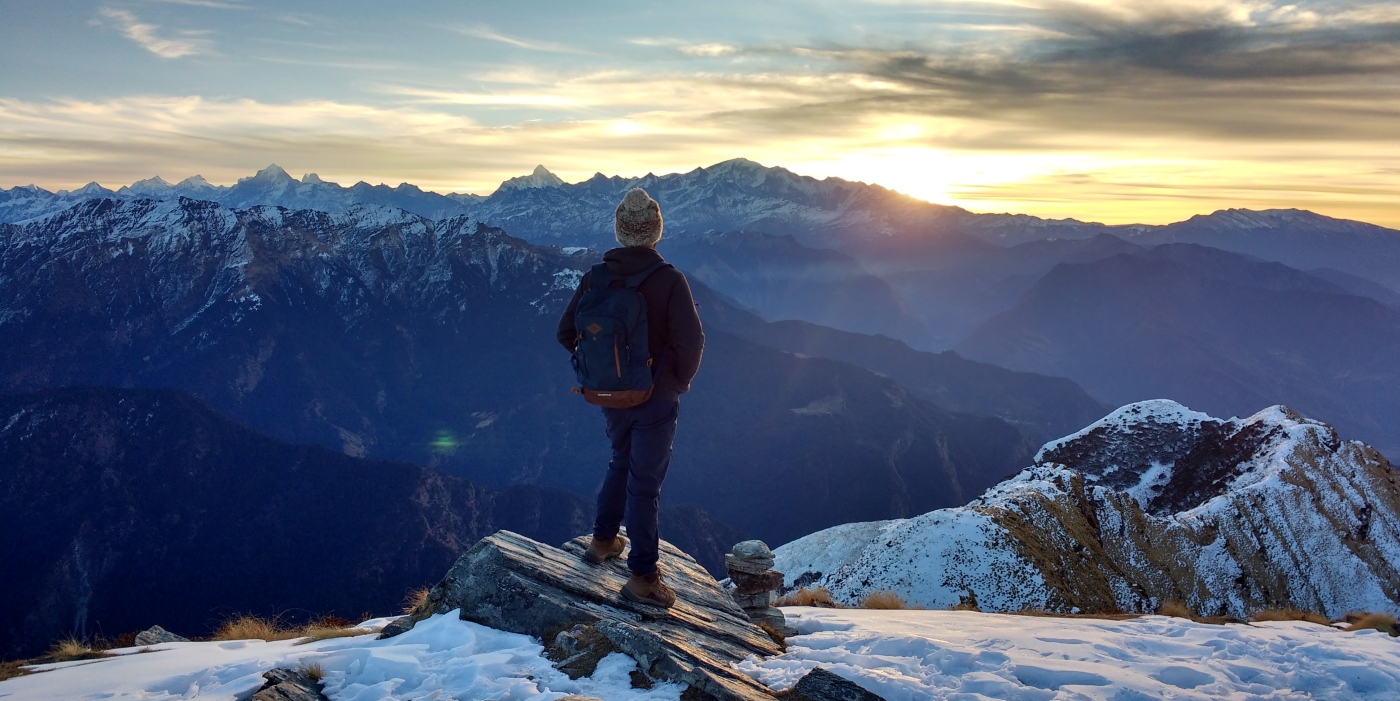
Safety is the most important factor in an adventure trip and, sometimes, simple interventions are all you need.
The public conversation on risk management in Indian adventure travel is still nascent. With the growing popularity of adventure sports, it is important to take stock of safety protocols that need to be in place to prevent accidents and deaths. Many an accidental death during adventure trips could have been prevented through simple interventions.
There is a lack of organised effort to collect and analyse data on accidental deaths in adventure travel among tour operators, for fear of the discussion affecting their business adversely. The overall tendency is thus to suppress data instead of analysing it to identify gaps and lapses that could be addressed to prevent such a futile loss of life.
Key problems relate to timing of trips, oversight about climatic and geographical conditions, lack of medical facilities, profit maximising and cost cutting measures resulting in large team sizes, inadequacies and incompetence related to fitness assessments, support staff, leadership skills, safety equipment and gear.
Thumb Rule
Risk is an inherent part of outdoor experiences and cannot be eliminated entirely. However, travel operators can assess, address causes and reduce risk to ensure a responsible adventure travel experience.
Causes of death among trekkers in the Indian Himalayas
An analysis of 43 accidental deaths by the Indian Mountaineering Foundation (IMF) among trekkers in the Himalayas since 2017, reveals that the most prominent causes of death were altitude sickness, hypothermia, accidental slips, avalanches, rock-fall, as well as those who went missing.
Preventing Risk During Treks
Leadership: Trip leaders, who have established proficiency and training, should recruit groups.
Putting a group together: The leader must know the capabilities and vulnerabilities of each person joining the expedition. Avoid trips where members are being recruited online without appropriate protocols to check fitness levels of group members.
Cheaper trips are not better deals: The cost of a trip cannot be the main criteria for choosing a team or company to go on a trek, rafting expedition or any other adventure activity with. Groups offering cheaper prices for the same trips may be doing so at the cost of expert staff, equipment and/or gear vital to ensure the safety of the travellers.
Fitness of group members: In addition to a medical certificate issued by a doctor, indicating the fitness of a person to undertake say, a trek, the team leader must ensure that she or he has no underlying conditions that could worsen under conditions of extreme cold and exertion. Fitness must also be assessed by what the aspirant can achieve in terms of physical exercise like walking, running or push-ups. A meticulous assessment of all these aspects will help tour operators to ensure the well being of clients and ensure a sustainable business in the long run.
The expedition leader must match the group members’ capabilities with the level of difficulty that the expedition or activity entails.
Planning itineraries: Itineraries must be planned carefully timing and spacing the trekking, camps and periods of rest according to considerations of season, weather and geographical terrain and time of day. For instance, mountain gorges must be crossed early morning before the sun is out and softens the snow or ice and destabilises rocks that could contribute to slipping and falling.
Monitoring the group: Team leaders should be monitoring the physical condition of the members at all times and should be alert to signs of fatigue among them. For instance, patients suffering from high altitude pulmonary edema should be evacuated immediately. Provisions to carry them down should be available to avoid further stress to their bodies.
Protocol enforcement: Team leaders must enforce strict protocols about group itineraries and routes. No member of the group must be allowed to go back down without trained support staff for company. Returning unescorted can result in falls, injuries or individuals just losing their way.
Invest in safety equipment and gear: Sometimes all that is needed to prevent a death is very simple safety equipment like helmets or air pocket bags in case of skiers.
Importance of support staff: Risk management requires members to pre-empt and make provisions for situations that could arise during an adventure activity. Even in the right season, there is always the chance of getting hit by bad weather or other challenges. Hence, it is important to have buffer staff that can attend to persons who fall sick, so that the other people on the trip move on seamlessly.
Safety of support staff: Porters must be well trained, dressed in sufficient warm clothing, the right footwear and gear. Given the desperation for steady employment and incomes in rural areas, it is not unusual to find people with little altitude experience willing to take up underpaid jobs as porters or guides, labouring in poor conditions, without social security cover or safety equipment. Care must be taken to ensure that porters and guides are sufficiently protected for they often come from socially and economically vulnerable backgrounds.
Resources in India
The Indian Mountaineering Foundation (IMF), Delhi, the apex national body for mountaineering and allied sports organised India’s first Risk Management Conference in February 2019, where it also shared findings from mountaineering accident case study analyses with the participants. The Hanifl India Centre for Outdoor Education, an outreach of the Woodstock School, Mussoorie, organises a basic first aid course called the Wilderness First Responder, a nine-day course.
(This article is adapted from a workshop conducted by Maninder Kohli, Founder, Juniper Outdoor Pursuit Center, and K Krishnan Kutty, Executive Director, Hanifl Centre for Outdoor Education, at IRTA 2019)






